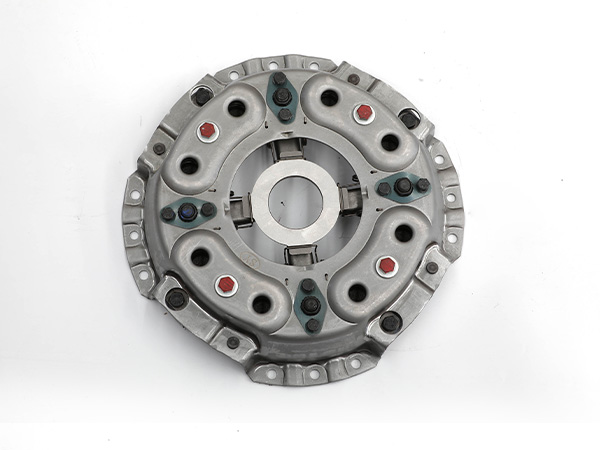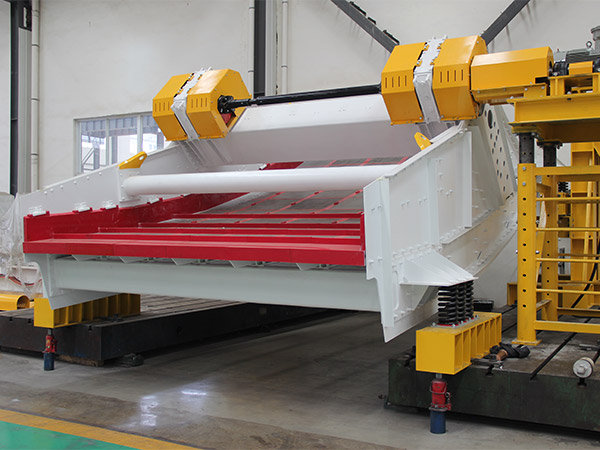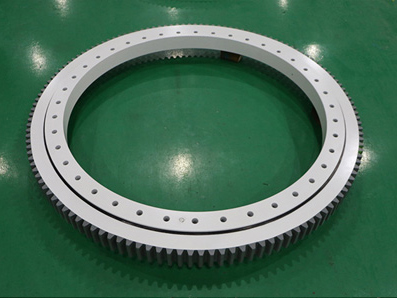The vibrating screen is a screening equipment often used in the sand and gravel industry. It uses the exciting force generated by the exciter to screen the material, which is convenient for the next production of the material. However, the vibrating screen does not run continuously for 24 hours. When the production is not in use, the vibrating screen equipment must be shut down. Sometimes when it is restarted, it may be difficult to start. Then when the vibrating screen starts What about difficulties?
Reasons for the difficulty in starting the vibrating screen

1. The exciter is faulty
The common reason for the difficulty in starting the vibrating screen is the failure of the vibrating screen. When the vibration exciter parts are working, it is necessary to ensure a good lubrication state, not only high-efficiency lubricating grease, but also preventing the lubricating grease from thickening, solidifying, and agglomerating, so as to play its due lubricating function.
Solution: Check the lubrication of the exciter and replace the appropriate lubricating oil.
2. Power failure
Check if the power supply is faulty, and then check the current of the motor. If the motor is faulty, you need to replace the new motor components; the assembly line of the vibrating screen is composed of centralized control circuits. When some components are damaged, it must be timely. Replace with new components; sometimes the voltage is unstable, and the voltage at startup is lower than the rated voltage, which is prone to failure.
Solution: replace the new motor parts; ensure the voltage stability during the working process of the vibrating screen.
3. The vibrating screen itself is faulty
Once again, the linear vibrating screen equipment itself has malfunctioned. Due to the large change in the supply flow of the material, the feeding amount of the linear vibrating screen exceeds the specified feeding value, causing the material to form a blockage on the screen surface. When the material accumulates to a certain amount. , The working load of the linear vibrating screen is large, which makes it impossible to start normally.
…
For more details click to visit:https://www.hsd-industry.com/news/difficulty-starting-the-vibrating-screen/









